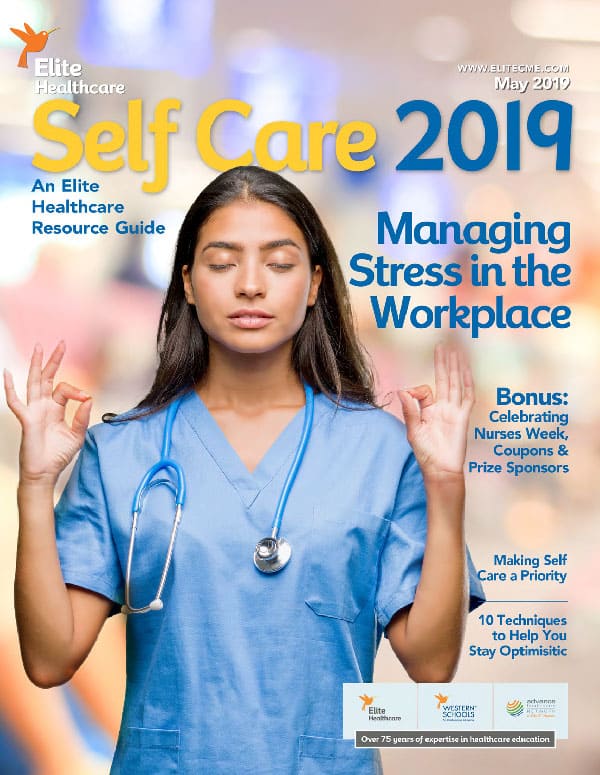
ASHA offers strategies for at-home hearing care: hearing aid cleaning tips, other helpful hints
For the nearly 38 million American adults who have hearing loss, sheltering in place may bring on some daily difficulties; especially if they have limited access to audiology services due to office closures, so the American Speech-Language-Hearing Association (ASHA) offers the following strategies for at-home hearing care to help maintain hearing aids and resolve common environmental issues at home:
“Hearing aids require special care to ensure that they work properly. You should have a hearing aid cleaning brush and a user manual that can assist in performing routine maintenance. Some people have drying jars or canisters provided by their audiologists. If you have one, use it nightly. If you need replacement parts, check with your audiologist to see if these can be shipped to your home during this unprecedented time. To keep your hearing aid in good working order:
- Perform visual checks daily. Take a good look at the whole hearing aid body, starting with the portion that goes directly in your ear. Check for any wax that may be blocking sound from coming in properly. You also should check for cracks on the hearing aid body or tubing.
- If you have an in-the-ear hearing aid, check the wax basket—if you see a good amount of wax, this would be a good time to change it!
- If you have an open-fit hearing aid, check for any wax on the hearing aid dome. Refer to the user manual for tips on how to clean the dome or how to replace it if there is too much wax. Check for breaks in the wire that connects the dome to the hearing aid. If your device has a thin/slim tube but no wiring, remove the dome attached to the tube, and use a thin plastic wire to clean wax and debris from the tubing. You can even use a piece of fishing line to clear a thin/slim tube.
Learn more about hearing loss at www.asha.org.






